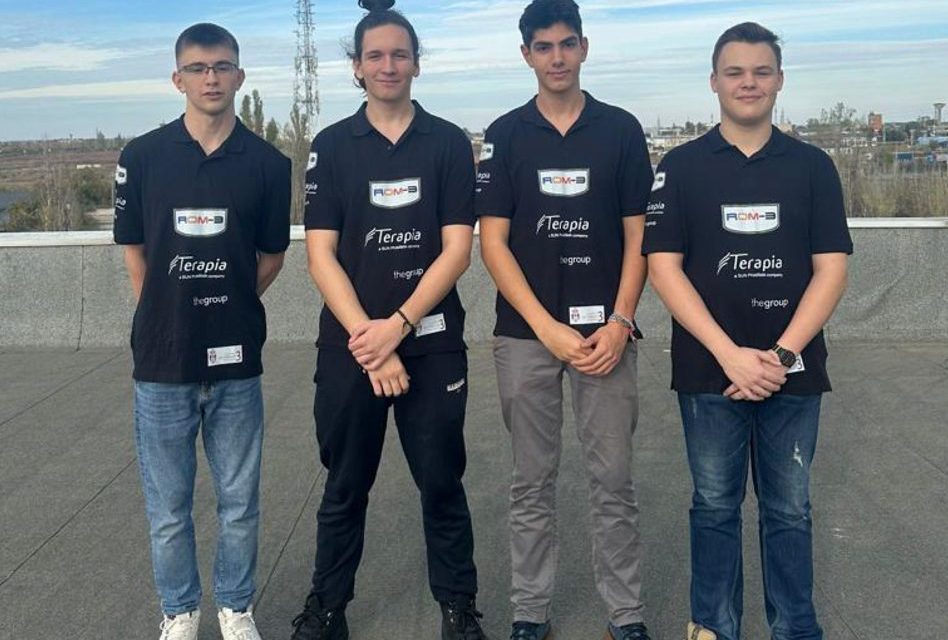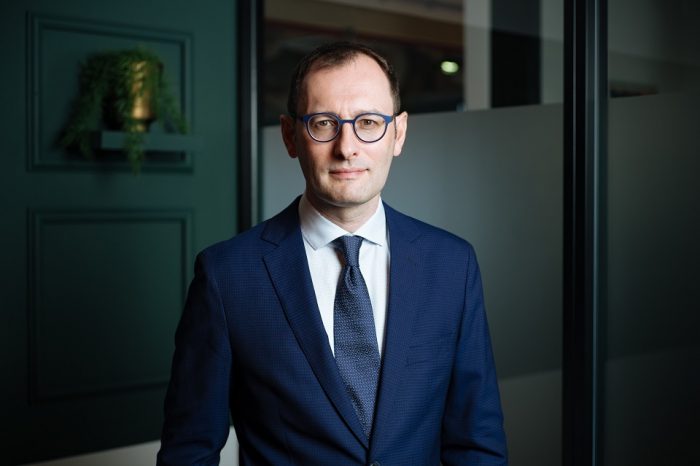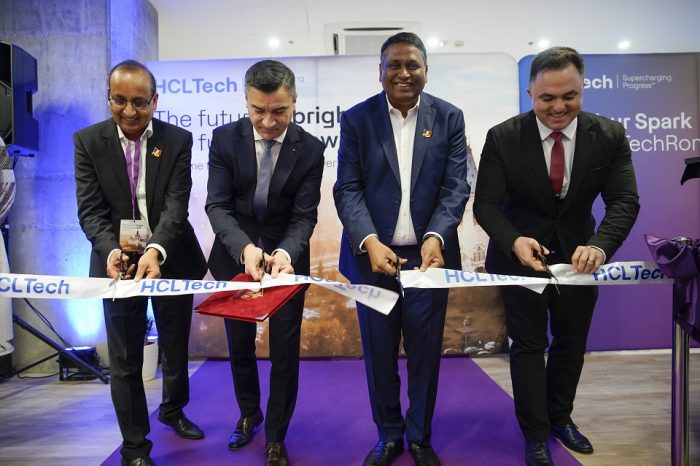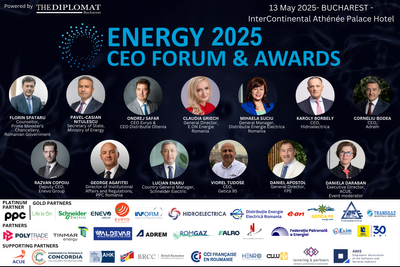Successfully launched, ROM-3, the second Romanian satellite built by students, has reached orbit and is operational

The Falcon 9 rocket lifted off from SpaceX’s Vandenberg base on November 11 at 11:35 p.m. after three successive flight delays. The capsule containing 35 satellites reached payload altitude in 9 minutes. At 00:45 he began planting the satellites in their orbits, in order of size and importance, at well-established time intervals and at points specific to each mission. ROM-3 waited its turn in the deployer for 72 hours, in temperatures ranging from plus 40 to minus 80 degrees Celsius.

There was a concern about the batteries’ ability to handle a longer time if the deployer did not open on the first try. And the deployer didn’t open on the first try. Something went wrong with the Alba Orbital launcher mechanism, and ROM-3 got stuck inside, along with the other 34 satellites. From that moment on, the ground team constantly calculated the potential of the battery, which was facing cosmic frost beyond its design limit.
The longer the stay in the launcher, without the possibility of charging the battery through solar panels, the more the satellite risked becoming space junk. Emotions turned into hundreds and then thousands of volts, which reduced the chances of success.
Filip, David, the three Alex and Alesia put their hopes in the oversizing of the battery and the accuracy of the calculations.
On Monday, November 28, at 11:25 a.m., Alba Orbital made a second attempt to open the launcher and succeeded. ROM-3 was launched into orbit and is currently operational. It has already sent the identification data packet. After a few days that it will use to regenerate its energy with the help of solar energy, the satellite will start transmitting according to the mission.
“ROM-3 successfully faced the cosmic frost, overcame the difficult moment in the launcher, and now we have a second satellite in orbit, bigger and more powerful than the first. We have, in fact, a micro-laboratory where we test the technologies of our future missions space”, said Filip Bușcu, head of the Romspace team from the Bucharest International Informatics High School.
At the moment, ROM-3 is traveling at a speed of 27,500 km/h, at an altitude of 540 km, and circles the planet once every hour and a half. It crosses the territory of Romania twice a day. The data transmitted by him on the 436.235 MHz frequency will be received by the worldwide network of radio amateurs and processed by the Romspace team. ROM-3 (aka Space Starling) has missions to observe the Earth, measure its own parameters, measure the Earth’s magnetism and the level of cosmic radiation hitting the atmosphere.
“What these children achieve is remarkable. It gives me hope for the future of this country. Strong, intelligent, innovative, performing generations are coming after us. It is our duty, as adults, to find ways to keep them or at least to return them to the country” , said Dragoș Damian, CEO of Terapia, the company that sponsored the ROM-3 project.
The Romspace team, which completed the ROM-3 mission, is composed of the students Filip Bușcu, David Ghiberdic, Alex Unteșu, Alesia Unteșu and Alex Peticaru from the International High School of Informatics, with the extraordinary participation of Alex Luchianov (already a scholarship student at Massachusetts Institute of Technology, USA).













